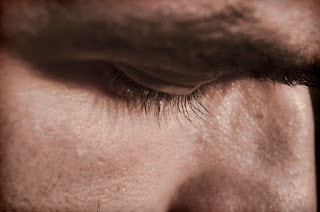Detoxing from drugs and alcohol is extremely challenging, and many people are unable to manage the task on their own. Specific drugs like alcohol and benzodiazepines carry the risk of severe health complications; medical detox is strongly advised in such cases.
Opioid withdrawal symptoms are terribly uncomfortable, so much so that medical supervision is usually necessary. Without professional support and access to medications like buprenorphine (Suboxone or Subutex), many people will relapse in the first days of abstinence.
If you are living with an alcohol or substance use disorder and have hopes of recovery, then seeking professional guidance is the best course of action. The journey will begin with medical detoxification, the duration of which varies from case to case and substance to substance.
Once your acute withdrawal symptoms subside, the next step in the journey is residential treatment or an intensive outpatient program. Studies show that inpatient residential treatment is likely to produce the best results. Such programs are typically 30-90 days in length, but some can last as long as a year.
Experts agree that more extended stays in treatment better prepare you for sustaining your recovery upon discharge. Residential treatment offers clients a safe environment away from people, places, and things that could trigger a relapse. Inpatient facilities like Hope By The Sea shield clients from the stressors of life, which allows you to focus on building a strong foundation for lasting recovery.
While treatment mitigates the risk of many of the issues people face in early recovery, it is still a real challenge to stay the course. The first months and year of recovery are a trying time; you will experience a rollercoaster ride of emotions and other sensations that can derail your efforts.
Post-Acute Withdrawal Symptoms
Just because the drugs and alcohol are out of one’s system doesn’t mean that you will be rid of some of the symptoms of withdrawal. Post-acute withdrawal symptoms or PAWS are problematic feelings and internal experiences that persist after acute withdrawals have concluded.
Long-term drug and alcohol use throws one’s neurotransmitters and neurochemicals like dopamine and endorphins out of whack. It takes a significant length of time for the brain to heal from the mental dysfunction caused by addiction. As a result, people in early recovery are prone to experience PAWS at any given time throughout the first year of recovery.
Such symptoms can include but are not limited to:
- Stress
- Fatigue
- Cravings
- Irritability
- Insomnia or Vivid Dreams
- Problems Focusing and Thinking Clearly
- Coordination Issues
- Anxiety or Depression
- Mood Swings
As you might imagine, such symptoms can lead to a relapse if left unchecked. One of the benefits of extended stays in residential treatment is the support you will receive when experiencing discomfort. Addiction professionals will teach you tools for coping with PAWS as they arise that you can utilize after your discharge.
The first months of recovery are fragile, and the risk of relapse is extremely high. Fortunately, PAWS will eventually subside; how long that takes varies from person to person. The types of substance used and the duration of usage plays a role in how long one experiences PAWS; they could last months or even a year.
Southern California Residential Treatment Center
Hope Starts Here at our credentialed treatment center in San Juan Capistrano, California. At Hope By The Sea, we utilize evidence-based therapies to help clients enter into a life in recovery. Our team of highly trained addiction professionals will help you make lasting changes in your life while in a safe environment. Please contact us to learn more about our programs and make the miracle of recovery yours too.


